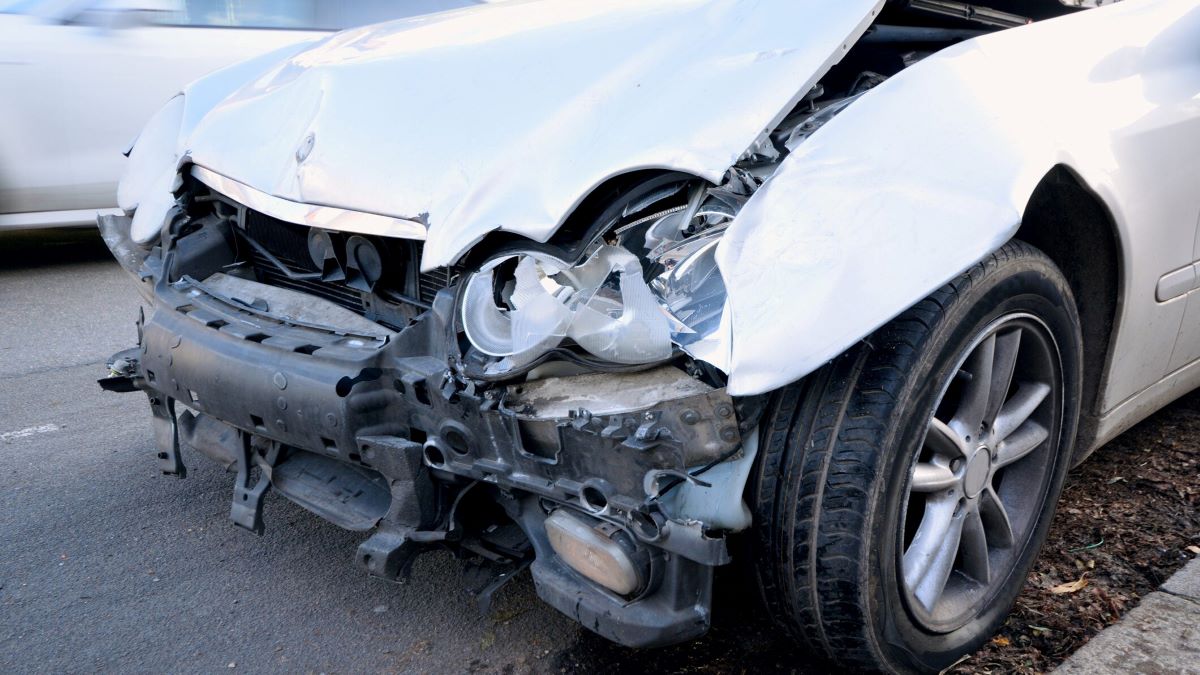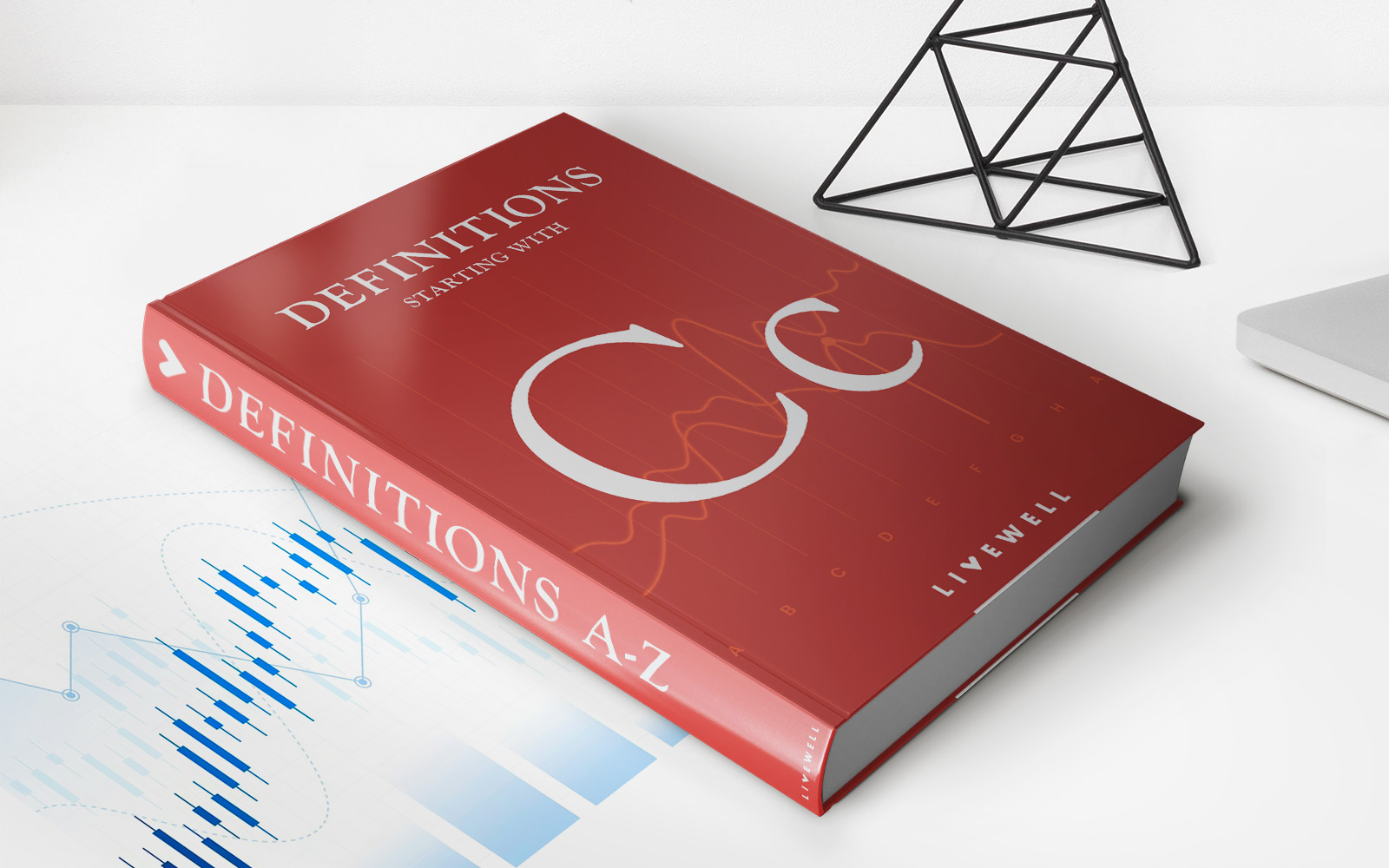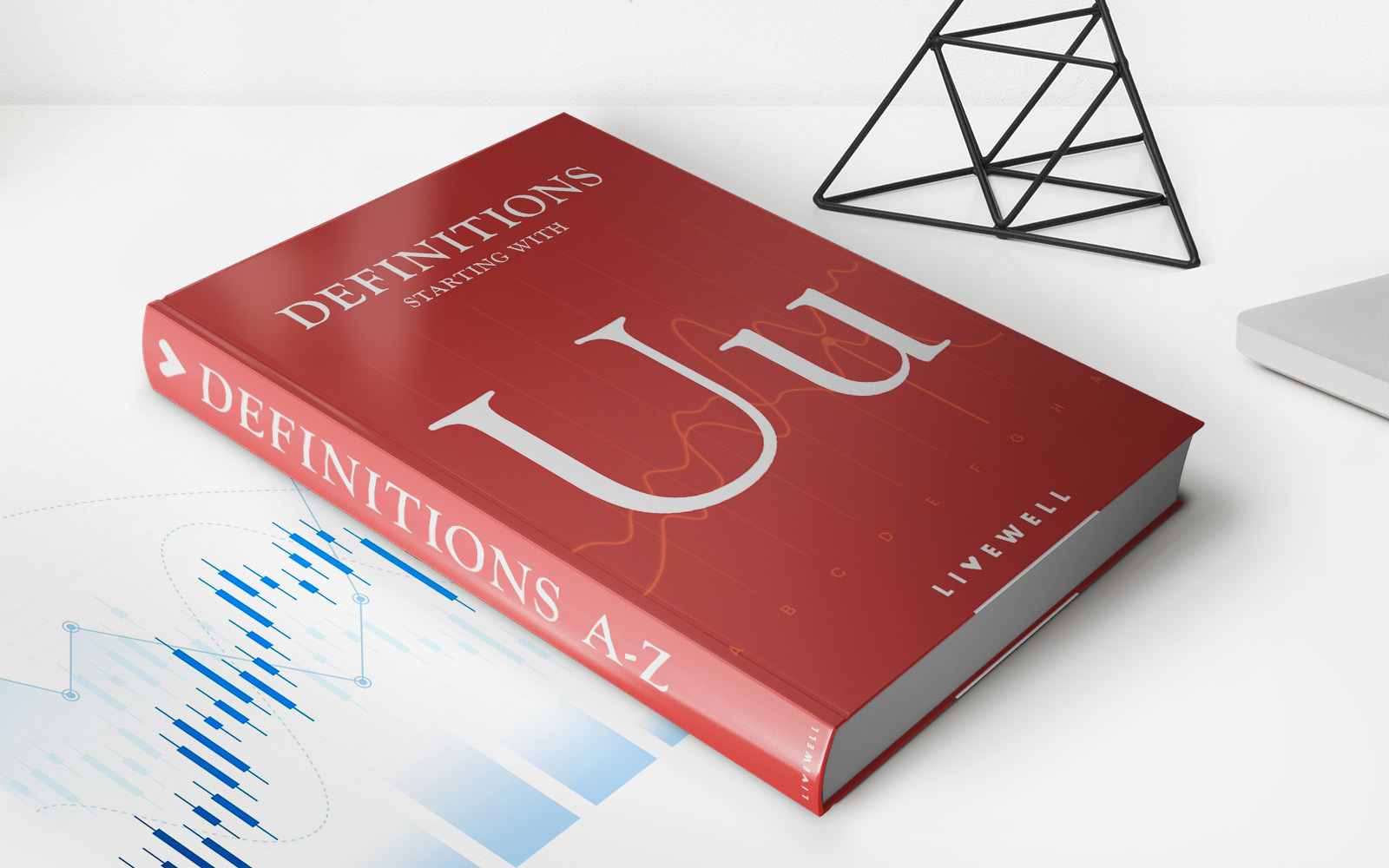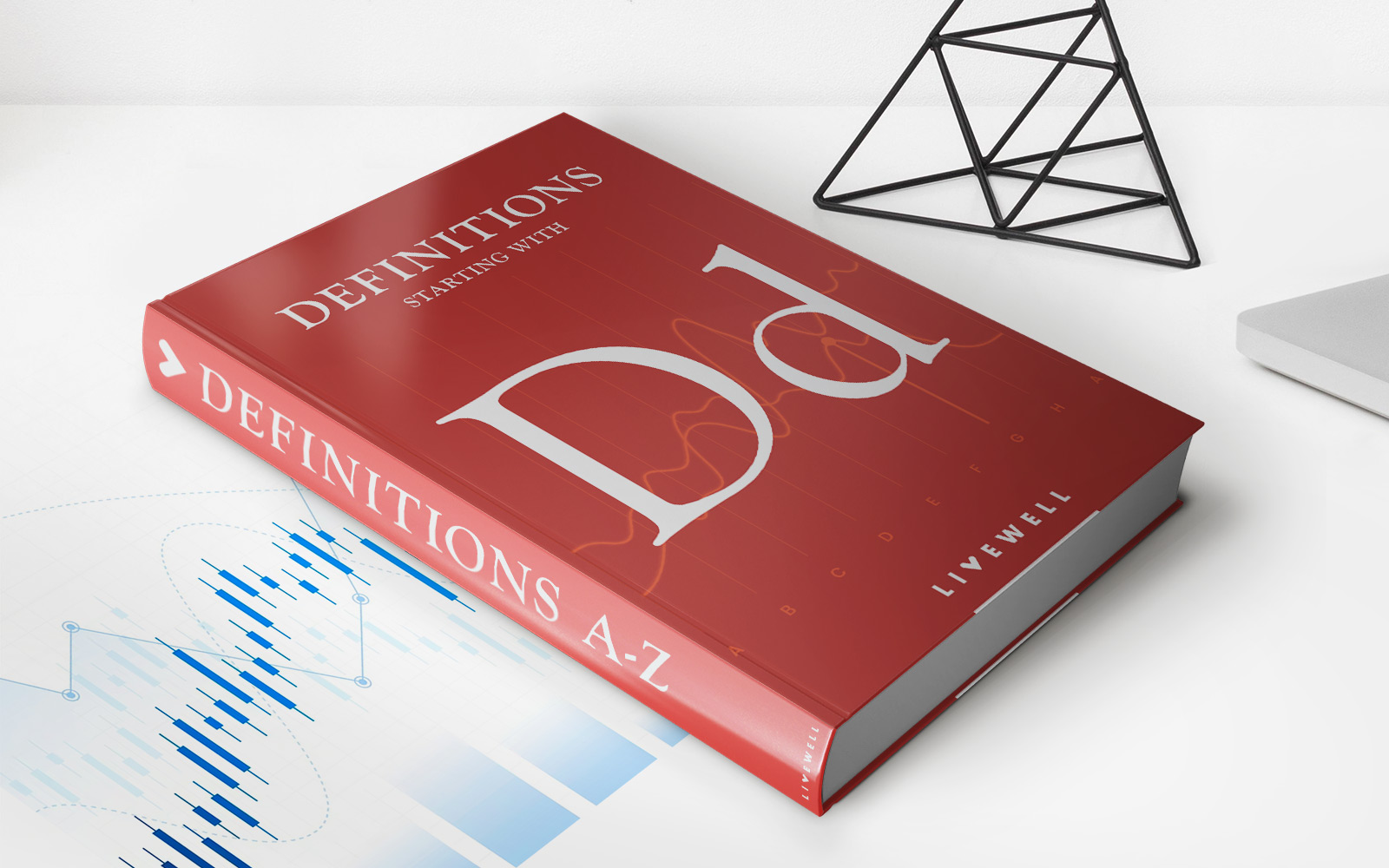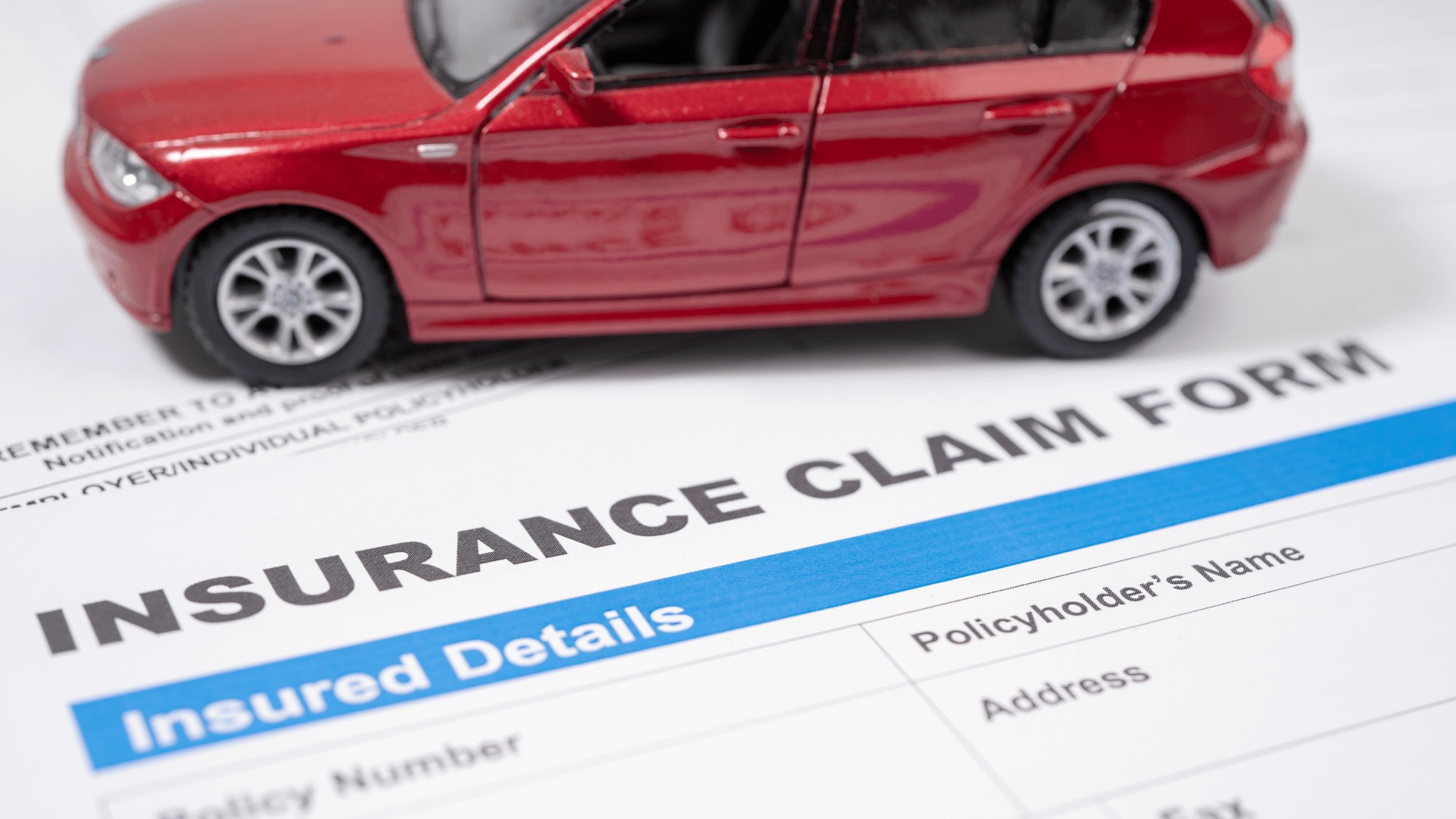

Finance
How To Get Car Insurance?
Modified: March 1, 2024
Looking for car insurance? Learn how to get the best coverage for your vehicle and save money with our finance tips.
(Many of the links in this article redirect to a specific reviewed product. Your purchase of these products through affiliate links helps to generate commission for LiveWell, at no extra cost. Learn more)
Table of Contents
Introduction
Getting car insurance is not just a legal requirement, but also a smart financial decision. Whether you are a new driver or have been driving for years, having car insurance provides peace of mind and financial protection in case of any unforeseen accidents or damages. Understanding the basics of car insurance and knowing how to navigate the process can help you get the right coverage at the best possible price.
In this article, we will explore the ins and outs of car insurance, including the different types of coverage available, factors to consider when choosing an insurance policy, and the steps involved in obtaining car insurance. We will also provide tips on comparing quotes, applying for coverage, and lowering your insurance premiums.
Whether you own a brand new car or a used one, having proper car insurance safeguards you against potential financial losses in case of accidents, theft, or damage. It not only protects your vehicle but also covers legal liabilities that may arise from accidents involving your car. Without car insurance, you may be responsible for paying out of pocket for repairs, medical bills, and legal costs, which can be financially devastating.
While it may seem overwhelming at first, acquiring car insurance is a relatively straightforward process. By understanding your coverage needs, comparing quotes from different insurance providers, and knowing what factors can affect your premiums, you can make informed decisions and find the best car insurance policy for your specific needs and budget.
So let’s dive in and explore the world of car insurance, ensuring you have the knowledge and confidence to get the coverage you need.
Understanding Car Insurance
Car insurance is a contract between you and an insurance company that provides financial protection in case of accidents, damage, theft, or other unfortunate events involving your vehicle. It is designed to cover the costs associated with repairing or replacing your car, as well as any medical expenses or legal liabilities incurred as a result of an accident.
There are typically three main components to a car insurance policy:
- Liability Coverage: This covers bodily injury and property damage caused to others by your vehicle. It is a legal requirement in most states and helps protect you from financial responsibility in case of an accident where you are at fault.
- Collision Coverage: This covers the cost of repairing or replacing your vehicle in the event of a collision, regardless of who is at fault. It may also cover damages caused by hitting a stationary object or pothole.
- Comprehensive Coverage: This covers non-collision related damages to your vehicle, such as theft, vandalism, natural disasters, or falling objects.
When determining the appropriate coverage for your car insurance policy, it is important to consider factors such as the value of your vehicle, your driving habits, and your financial situation. While liability coverage is legally required, collision and comprehensive coverage are optional. However, they can provide valuable protection and peace of mind, especially for newer or more expensive vehicles.
Additionally, car insurance policies may offer additional optional coverage, such as uninsured/underinsured motorist coverage, medical expenses coverage, and rental car reimbursement. These additional coverages can further enhance your protection and provide added benefits in case of unforeseen accidents or damages.
Understanding the terms and conditions of your car insurance policy is crucial, as it will determine the extent of coverage, deductibles, and limits. It is important to carefully review the policy documents and ask questions if something is unclear. Also, keep in mind that coverage options and requirements may vary based on your location and the insurance company you choose.
Now that we have a basic understanding of what car insurance is, let’s delve into the different types of car insurance coverage and explore the factors you should consider when choosing an insurance policy.
Types of Car Insurance Coverage
When it comes to car insurance coverage, there are different options available to meet your specific needs and requirements. Understanding the various types of coverage can help you make informed decisions and ensure you have adequate protection in case of an accident or damage to your vehicle.
Here are the key types of car insurance coverage you should be aware of:
- Liability Coverage: This is typically the minimum required coverage by law in most states. It provides protection for bodily injury and property damage caused to others in an accident where you are at fault. Bodily injury liability covers medical expenses, lost wages, and legal fees, while property damage liability covers the repair or replacement of damaged property.
- Collision Coverage: This coverage pays for the repair or replacement of your vehicle in case of a collision, regardless of who is at fault. It is especially useful if your vehicle is new or has a high value, as it ensures you can recover the costs of repairing or replacing your car.
- Comprehensive Coverage: This coverage protects your vehicle against damages not caused by a collision. It covers theft, vandalism, natural disasters, falling objects, and other non-collision related incidents. Comprehensive coverage is valuable if you live in an area prone to theft or if you have a valuable vehicle that you want to protect.
- Uninsured/Underinsured Motorist Coverage: This coverage steps in if you are involved in an accident with a driver who has insufficient or no insurance. It helps cover medical expenses, lost wages, and damages to your vehicle in such scenarios.
- Medical Payments Coverage: This coverage helps pay for medical expenses for you and your passengers, regardless of who is at fault in an accident. It can cover costs such as hospital stays, doctor visits, and surgical procedures.
- Rental Car Reimbursement: This coverage provides reimbursement for the cost of renting a car while your vehicle is being repaired or replaced after an accident. It is a useful option to have if you rely heavily on your vehicle for daily transportation.
Keep in mind that the availability and details of these coverages may vary depending on your insurance provider and the state in which you reside. It is important to review your policy and consult with your insurance agent or representative to understand the specific coverage options available to you.
Now that we have explored the different types of car insurance coverage, let’s move on to the factors you should consider when getting car insurance.
Factors to Consider When Getting Car Insurance
When it comes to getting car insurance, there are several important factors to consider. These factors can influence the coverage options available to you and the cost of your insurance premiums. By understanding and evaluating these factors, you can make informed decisions and find the right car insurance policy for your needs.
Here are some key factors to consider when getting car insurance:
- Driving History: Your driving record plays a significant role in determining your insurance premiums. If you have a history of accidents or traffic violations, you may be considered a higher risk and may have to pay higher premiums. Conversely, a clean driving record can help you qualify for lower rates.
- Type of Vehicle: The make, model, and age of your vehicle can impact your insurance rates. Generally, newer and more expensive vehicles may require higher premiums due to the cost of repairs or replacement. Safety features, such as anti-theft devices and airbags, can potentially lower your premiums.
- Location: Your geographic location can affect your insurance rates. Areas with higher rates of accidents, theft, or vandalism may result in higher premiums. Additionally, certain states have different insurance requirements, which can impact the coverage options available to you.
- Usage: How you use your vehicle can also impact your insurance rates. If you use your car for daily commuting or for business purposes, you may have higher premiums compared to someone who drives less frequently or for personal use only.
- Deductible: The deductible is the amount you pay out of pocket before your insurance coverage kicks in. Choosing a higher deductible can lower your premiums, but it also means you will be responsible for a larger portion of the expenses in case of a claim. Consider your financial situation and ability to pay the deductible when choosing a coverage option.
- Insurance Provider: The insurance company you choose can have an impact on the coverage options and premiums available to you. Research different insurance providers and compare quotes to find one that offers competitive rates and good customer service.
By taking these factors into account, you can better assess your insurance needs and find a policy that fits within your budget. It is also important to review and understand the terms and conditions of the policy, including coverage limits and any additional fees or exclusions.
Next, we will explore the steps involved in getting car insurance to guide you through the process.
Steps to Get Car Insurance
Obtaining car insurance involves a series of steps that ensure you get the right coverage for your needs. By following these steps, you can navigate the process smoothly and find an insurance policy that provides the necessary protection at a competitive price.
Here are the steps to get car insurance:
- Evaluate your coverage needs: Before you start shopping for car insurance, assess your coverage needs based on factors such as the value of your vehicle, your driving habits, and your financial situation. This will help you determine the types and limits of coverage that are appropriate for you.
- Gather relevant information: To get accurate insurance quotes, gather information such as your personal details, driving history, vehicle information, and any additional drivers who will be included in the policy.
- Research insurance providers: Shop around and research different insurance providers. Look for reputable companies that offer competitive rates, good customer service, and reliable claims handling.
- Get multiple quotes: Request quotes from multiple insurance providers to compare prices and coverage options. Consider using online comparison tools to streamline this process and get a better idea of the market rates.
- Review and compare quotes: Carefully review the quotes you receive, taking note of the coverage limits, deductibles, and any additional features or discounts offered. Compare the prices and coverage options to find the best fit for your needs and budget.
- Contact insurance agents: Reach out to insurance agents or representatives from the companies you’re interested in. Ask any questions you may have and clarify any details or concerns before making a decision.
- Finalize your policy: Once you’ve chosen an insurance provider and policy, complete the necessary paperwork and finalize the coverage. Make sure to review the terms and conditions of the policy and provide any required documentation or payment.
It’s important to note that the specific steps may vary depending on your location and the insurance company you choose. However, following these general steps will help guide you through the process of obtaining car insurance.
Next, let’s explore how to compare car insurance quotes effectively and ensure you make an informed decision.
Comparing Car Insurance Quotes
Comparing car insurance quotes is a crucial step in finding the right coverage at the best possible price. By obtaining and analyzing multiple quotes, you can evaluate different insurance options and make an informed decision. Here are some key tips for comparing car insurance quotes effectively:
- Request quotes from multiple providers: Reach out to several insurance companies to get quotes for the same level of coverage. This will allow you to compare prices and identify any variations.
- Compare coverage and limits: When comparing quotes, pay close attention to the coverage options and limits offered by each provider. Ensure that the quotes are for the same types and amounts of coverage to get an accurate comparison.
- Consider deductibles: Evaluate the deductibles associated with each quote. A higher deductible can lower your premium, but keep in mind that you will have to pay that amount out of pocket in case of a claim.
- Review discounts: Check for any available discounts or incentives offered by each insurance provider. These can include safe driver discounts, multi-policy discounts, or discounts for installing anti-theft devices in your vehicle.
- Assess customer reviews and satisfaction: Research the reputation of each insurance company by reading customer reviews and testimonials. Look for feedback on customer service, claims handling, and overall satisfaction with the company.
- Consider the financial stability of the provider: Look into the financial strength of each insurance company to ensure they have the capacity to pay out claims if needed. This can be assessed by checking their ratings from independent rating agencies.
- Evaluate the level of customer service: Consider the quality of customer service provided by each insurance provider. Prompt and efficient communication, as well as a helpful claims process, can make a significant difference if you need to file a claim.
Remember that the cheapest quote may not always be the best option. It’s essential to consider factors such as coverage, customer service, and the reputation of the company.
By carefully comparing car insurance quotes, you can find an insurance policy that offers the right balance of coverage, premium cost, and customer service. Taking the time to compare quotes can save you money in the long run and ensure you have the necessary protection for your vehicle.
Next, let’s explore the process of applying for car insurance and the necessary steps involved.
Applying for Car Insurance
Once you’ve compared quotes and chosen a car insurance provider, the next step is to apply for the insurance policy. Applying for car insurance involves providing the necessary information, completing the required paperwork, and finalizing the coverage details. Here’s an overview of the process of applying for car insurance:
- Provide personal information: The insurance company will require personal information about yourself, such as your name, address, date of birth, and contact details. They may also ask for information about other drivers who will be included in the policy.
- Share details about your vehicle: You will need to provide information about the vehicle you want to insure, such as the make, model, year of manufacture, and vehicle identification number (VIN). The insurance company may also ask for information about the vehicle’s usage and mileage.
- Disclose your driving history: Be prepared to provide details about your driving history, including any accidents, traffic violations, or claims you have been involved in. They may also ask about your years of driving experience and any driver training courses you have completed.
- Confirm the coverage options: Review the coverage options discussed during the quote comparison process, such as liability coverage limits, collision and comprehensive deductibles, and additional coverage options. Make sure the policy aligns with your desired coverage requirements.
- Submit required documents: The insurance company may request documents such as a copy of your driver’s license, vehicle registration, and proof of ownership or lease agreement for the vehicle being insured.
- Finalize the policy: Review the policy documents provided by the insurance company to ensure that all the details are accurate. Pay attention to the coverage, deductibles, limits, premiums, and any additional terms or conditions. If everything looks correct, sign the necessary documents to finalize the policy.
- Make the initial payment: Typically, you will need to make an initial payment to activate the insurance coverage. This payment can be made via various methods, such as credit card, bank transfer, or check, depending on the options offered by the insurance company.
Once you have completed the application process and made the initial payment, your car insurance coverage will be in effect. Remember to keep a copy of the policy documents for your records and ensure that you understand the terms and conditions of the policy.
It’s important to note that the specific steps may vary depending on the insurance provider and state regulations. Following the instructions provided by your chosen insurance company will ensure a smooth application process.
Now that you know how to apply for car insurance, let’s explore some tips for lowering your car insurance premiums.
Tips for Lowering Car Insurance Premiums
Car insurance premiums can be a significant expense, but there are ways to lower your costs without sacrificing coverage. By using these tips, you can potentially reduce your car insurance premiums while still maintaining the necessary protection:
- Shop around: Don’t settle for the first insurance quote you receive. Compare rates from multiple insurance providers to ensure you are getting the best possible price for the coverage you need.
- Bundle insurance policies: Consider bundling your car insurance with other insurance policies, such as home or renter’s insurance, with the same provider. Many insurance companies offer multi-policy discounts, which can lead to significant savings.
- Opt for a higher deductible: Increasing your deductible—the amount you pay out of pocket before your insurance coverage kicks in—can lower your premiums. However, make sure you have enough funds set aside to cover the deductible in case of a claim.
- Maintain a good driving record: Safe driving habits and a clean driving record can lead to lower insurance premiums over time. Avoid accidents, traffic violations, and claims to demonstrate that you are a low-risk driver.
- Take advantage of discounts: Inquire about any available discounts offered by insurance companies. This can include safe driver discounts, discounts for completing defensive driving courses, or discounts for having certain safety features installed in your vehicle.
- Consider your coverage needs: Assess your coverage needs and adjust them accordingly. For example, if you have an older car with a low market value, you may consider dropping comprehensive or collision coverage.
- Improve security measures: Installing security devices, such as anti-theft alarms or tracking systems, can help reduce the risk of theft or damage to your vehicle, potentially leading to lower insurance premiums.
- Drive less: Many insurance providers offer low-mileage discounts. If you don’t drive often or have a shorter daily commute, inform your insurance company to see if you qualify for any mileage-based discounts.
- Monitor and maintain your credit score: In some states, insurance companies use credit scores as a factor when determining premiums. By monitoring and improving your credit score, you may be eligible for better rates.
- Review your coverage annually: As your circumstances change, it’s essential to reassess your insurance coverage. Review your policy annually to ensure you are still getting the best coverage and price based on your current needs and situation.
Implementing these tips can help you reduce your car insurance premiums while still maintaining the necessary coverage. Remember, it’s essential to strike a balance between cost-saving measures and ensuring you have adequate protection for your vehicle.
Now that you are armed with tips for lowering your car insurance premiums, let’s address some frequently asked questions about car insurance.
Frequently Asked Questions about Car Insurance
Car insurance can be complex, and many people have questions about how it works, what it covers, and how to navigate the process. Here are answers to some common questions about car insurance:
- What factors affect car insurance premiums?
Car insurance premiums are influenced by factors such as your driving history, age, location, type of vehicle, coverage options, and deductibles. Insurance companies use these factors to assess the risk associated with insuring you and determine the cost of your premiums. - What is the difference between liability, collision, and comprehensive coverage?
Liability coverage pays for damages and injuries to others when you are at fault in an accident. Collision coverage pays for damages to your own vehicle in case of a collision, regardless of fault. Comprehensive coverage covers non-collision related damages, such as theft, vandalism, or natural disasters. - Do I need car insurance if I don’t own a vehicle?
If you regularly drive a vehicle, even if you don’t own it, you may still need car insurance. In such cases, you can consider non-owner car insurance, which provides liability coverage when driving a rented or borrowed vehicle. - What is an insurance deductible?
A deductible is the amount you agree to pay out of pocket before your insurance coverage kicks in. For example, if you have a $500 deductible and file a claim for $2,000 in damages, you would pay $500, and the insurance company would cover the remaining $1,500. - Can I add additional drivers to my car insurance policy?
Yes, you can add additional drivers to your car insurance policy. However, their driving history and personal information may affect the cost of your premiums. It’s important to accurately disclose all drivers and their driving records to ensure proper coverage. - What happens if I let my car insurance policy lapse?
Allowing your car insurance policy to lapse can have consequences. It may result in higher premiums when you reinstate coverage or even difficulty in obtaining insurance from other companies. Additionally, driving without insurance can lead to legal penalties. - Can I change car insurance providers during my policy term?
Yes, you have the right to switch car insurance providers at any time, even if you are in the middle of a policy term. However, it’s important to consider any potential penalties or fees for canceling your current policy before switching. - What should I do when filing a car insurance claim?
If you need to file a car insurance claim, contact your insurance company as soon as possible. Provide them with all the necessary details and documentation related to the incident. Work closely with your insurance company’s claims department to ensure a smooth and efficient process.
Remember, it’s always best to consult with your insurance provider or agent regarding specific questions and concerns about your car insurance policy.
Now that we’ve addressed some frequently asked questions, let’s conclude our exploration of car insurance.
Conclusion
Car insurance is a vital component of responsible vehicle ownership. It provides financial protection and peace of mind in the event of accidents, theft, or damages to your vehicle. Understanding the different types of coverage, evaluating your needs, and comparing quotes from multiple insurance providers are essential steps in finding the right car insurance policy for you.
Throughout this article, we explored various aspects of car insurance, including the importance of understanding car insurance, the types of coverage available, factors to consider when selecting an insurance policy, and the steps involved in obtaining car insurance. We also provided tips for comparing quotes, applying for coverage, and reducing insurance premiums.
Remember, car insurance premiums can vary based on several factors, including your driving history, type of vehicle, location, and coverage options. By being proactive, maintaining a good driving record, monitoring your coverage needs, and exploring different options, you can find ways to lower your premiums without compromising on protection.
Whether you’re a new driver or a seasoned one, it’s crucial to stay informed about car insurance and review your policy periodically to ensure it continues to meet your changing needs. By maximizing your coverage, minimizing risks, and making smart choices, you can drive with confidence and peace of mind.
We hope this article has provided valuable insights and guidance on car insurance. Remember to consult with insurance professionals and explore the specific offerings of reliable insurance providers to make informed decisions. Drive safely and enjoy the peace of mind that comes with having the right car insurance coverage.


